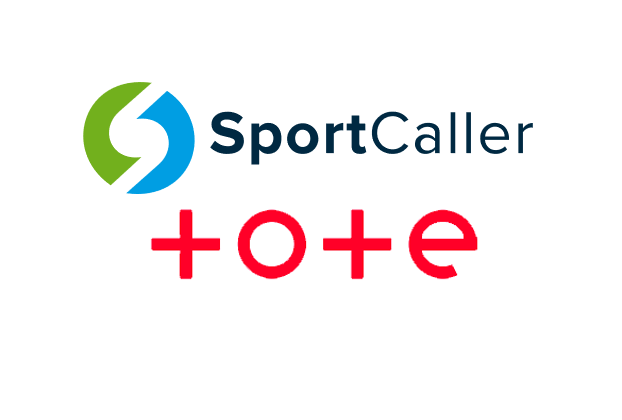Think global, act local
In the igaming industry, sowing the seeds of global success is best achieved by coupling international ambition to local utility. After all, while some trends are universal, language, taste and gaming proclivities can be culturally contingent. For example, English is undeniably the lingua franca of the world. Yet, according to international translation agency Asian Absolute, only 27% of the consumer game market is English-speaking.
The Challenge
The relevance of these factors in the gaming industry goes straight to the core of user interfaces and translations. English-language “string” lengths, line heights, glyphs, fonts and assorted fun stuff may sound like the red marks of a pedantic teacher. However, it can all add up to commercial oblivion for your UI experience, not to mention its underlying platform.
Say what you want about the English language but its depth of expressions and irregularities allow for brevity where most others do not. Layouts, which are invariably designed in English with all its special assumptions, can be quickly sent out of kilter or misaligned and UI quickly falls down. Netflix, who obviously enjoy a far deeper dive in this area, have reported myriad UI layout issues during localization testing, with translated text up to 40% longer than its English forerunner. This is apparently most prevalent in languages German, Hebrew, Polish, Finnish, and Portuguese.
As a result, games-providers must take a deeper dive into the latest localisation techniques if they are to successfully make their game or app connect with the broadest possible audience. Naturally, though, this means far more than just ensuring the words on any given screen are correctly translated, or appear in the most apposite and concise format.
That said, this isn’t to say that we’ve been without our localisation challenges at SportCaller, where we have been at the forefront of the free-to-play (FTP) sporting game movement for years. Indeed, in the space of the past year alone, our platform has morphed from offering English-only games to supporting players in over 30 different countries via 11 languages. So, as the UI goalposts for effectively engaging and entertaining players from a wide variety of sports interests and gaming inclinations constantly move, you need to be able to match those strides in lockstep.
The Solution
Which is why the technical side – i.e. providing the most flexible, intuitive and nimble platform – is the most crucial component in resolving these issues pre-rollout at the design stage. Just take the rising bar of regulation worldwide. From GDPR to post-PASPA, and through other soon-to-regulate milestone opportunities like India, specific challenges of legal compliance can become uniquely partitioned to each region or even state. Consequently, FTPs require more flexibility to become universally compliant.
An obvious example is provided by Asia’s huge population, whose innate diversity demands that igaming operators and suppliers step up to no shortage of gift-or-a-curse scenarios. Indeed, Asia’s fragmentation for game design and regional specificities (be they the result of player preference or legislative requirements) only magnifies the importance of supplying a precise game UI at every turn, and in every country.
To which end, SportCaller has developed peerless geo-location tools allowing us to geo-target and parcellate between varying territories with ease. These are already up and running throughout Europe, via platform-partnerships with the likes of GVC bwin and Paddy Power Betfair, and even on a state-by-state basis with horseracing network TVG in the USA. Equally importantly, our tech also allows us to limit and confine activity to over 18s, or over 21s (in the case of the U.S). In turn, this also allows the game itself to better connect different demographics, elevating FTPs outside the realm of the sports bettor to a far broader consumer base of everyday players.
Admittedly, in certain instances, the learning curve has been steep. And while we may not be perfect – yet! – we’ve learned a huge amount about the software side of hosting free-to-play prediction games, leveraging the learnings of hard-won experience along the way. Ultimately, however, the ability to build these lessons and knowledge into market-leading tools sets us apart in terms of creating a platform whose intuitive, generalisable intelligence can immediately accommodate ever-changing deployment demands (e.g. from localisation to security) as they reveal themselves.
The Future
At the end of the day, of course, the aim for any FTP supplier is to make it as easy as possible for your respective partners’ integration teams to seamlessly deploy your platform. After all, no matter how good your gameplay or playability is for boosting activity, acquisition and retention, those abilities are all for nothing if a laborious assimilation process, or any of the aforementioned localisation issues, hampers integration. Small wonder, then, that a frictionless-is-fastest mentality underpins all the work of our UI developers. From layout the localisation, under the hood, you must precisely set the technical dials of your solution in order that you might improve speed to market and minimise logistical operational costs.
So, when it comes to localisation, feel free to dream internationally. But always remember to act locally. If only to truly understand the market, the product and what the native operators and customers need. That way, wherever you stick on the map, you’ll never run the risk of walking off it into uncharted territory.
This article was originally published by EGR Intel.


